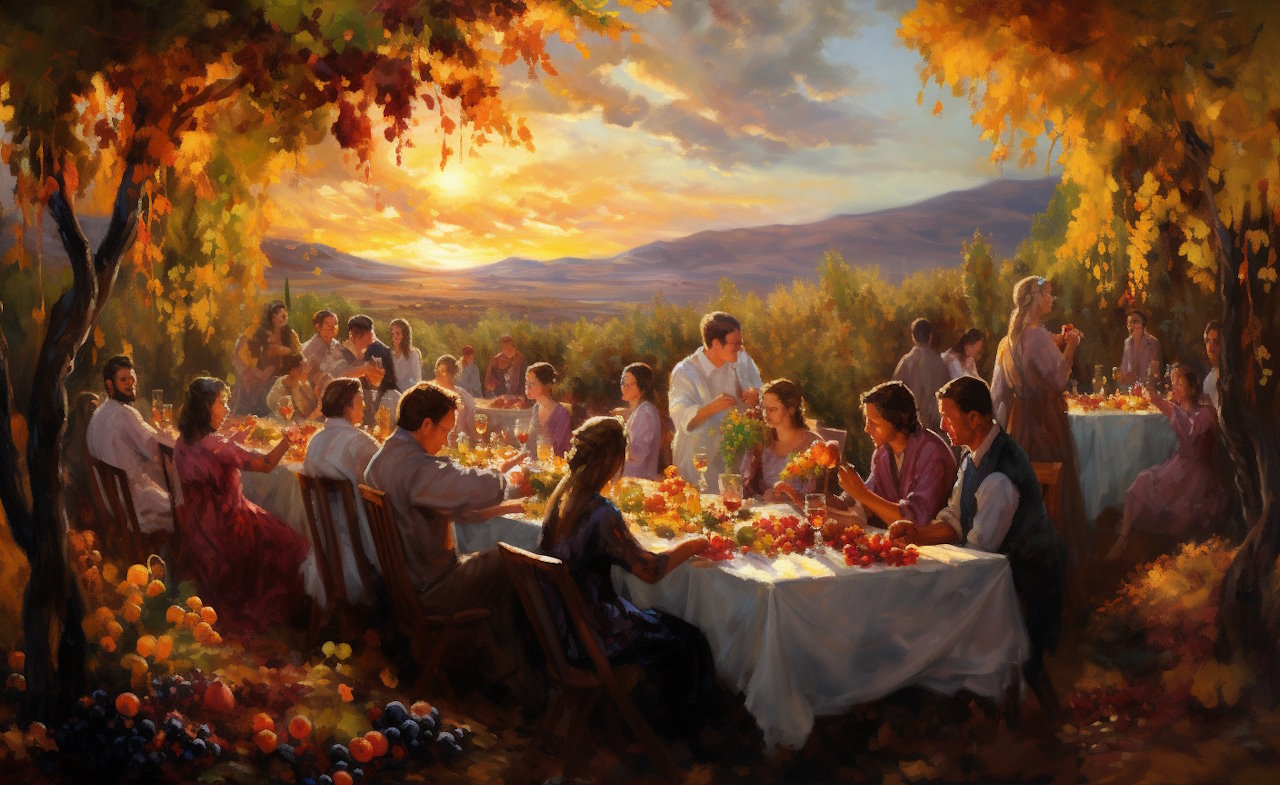Priesthood 102: Organization and Callings in the Fellowship of Christ

Course Prerequisite(s)
- Please note that this course has the following prerequisites which must be completed before it can be accessed
-
 Priesthood 101: Introduction to the Ministry
Priesthood 101: Introduction to the Ministry
About Course
Course Content
Introduction
-
-
Week 1: Essay Questions
-
-
Week 2: Essay Questions
-
-
Week 3: Essay Questions
-
-
Week 4: Essay Questions
-
Introduction: Final Quiz
Organizational Structures
Low or Levitical Priesthood (Priesthood of Life)
High Priesthood (Priesthood of Eternal Life)
Student Ratings & Reviews

No Review Yet
